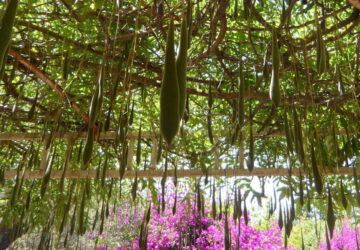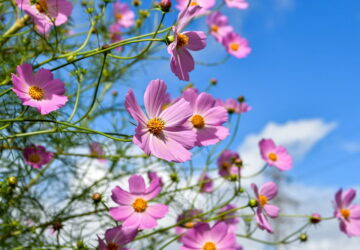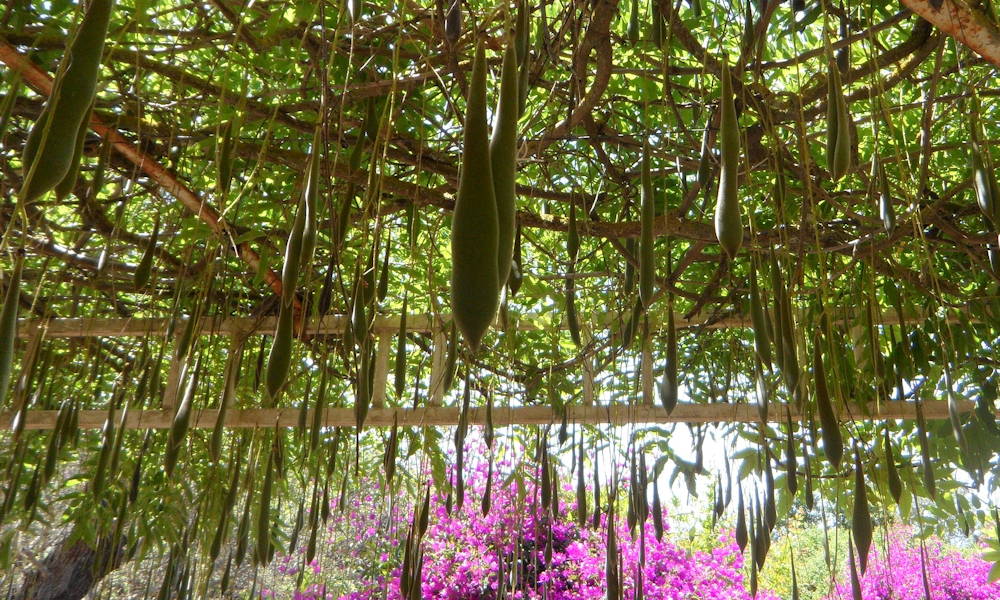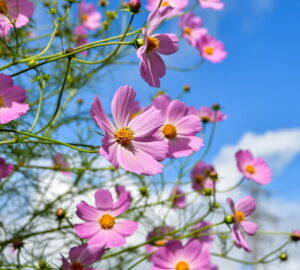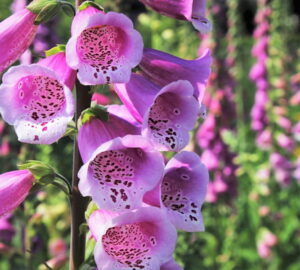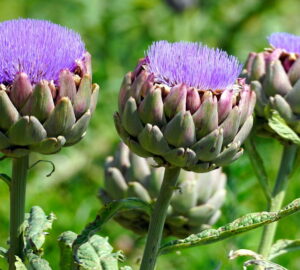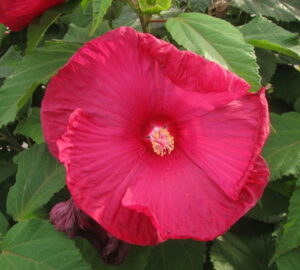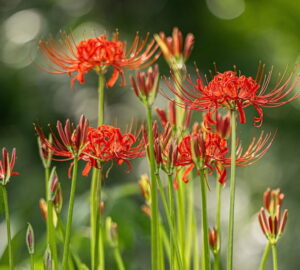As gardeners, we often find ourselves faced with decisions that can impact the health and aesthetics of our beloved plants. One such conundrum arises when dealing with wisteria plants and their seedpods. Should we remove these seedpods or let nature take its course? In this article, we delve into the expert advice surrounding this question and provide insights to help you make an informed choice.
Wisteria plants (Wisteria spp.) are renowned for their stunning cascades of fragrant blooms, transforming any garden into a picturesque paradise. However, once the blooms have faded, attention often turns to the seedpods that form in their place. These elongated, bean-like pods may seem like an unsightly nuisance, leading many gardeners to ponder whether they should be removed or left untouched.

To settle this debate, it’s crucial to consider the biology of wisteria plants and the impact of removing or retaining their seedpods. Here’s what the experts recommend:
Understanding Wisteria Seedpods
Wisteria seedpods are the result of pollinated flowers, containing seeds that can eventually give rise to new plants. These pods vary in size and color, typically maturing in late summer or autumn, depending on the species and climate. It’s essential to note that wisteria seedpods are not harmful or toxic.

Aesthetic Considerations
One of the primary reasons gardeners debate removing wisteria seedpods is to maintain a tidy appearance. The elongated pods can persist on the vines long after the blooms have disappeared, impacting the overall visual appeal of the plant. Removing the seedpods promptly can help achieve a cleaner look and prevent the pods from scattering seeds in unwanted areas.
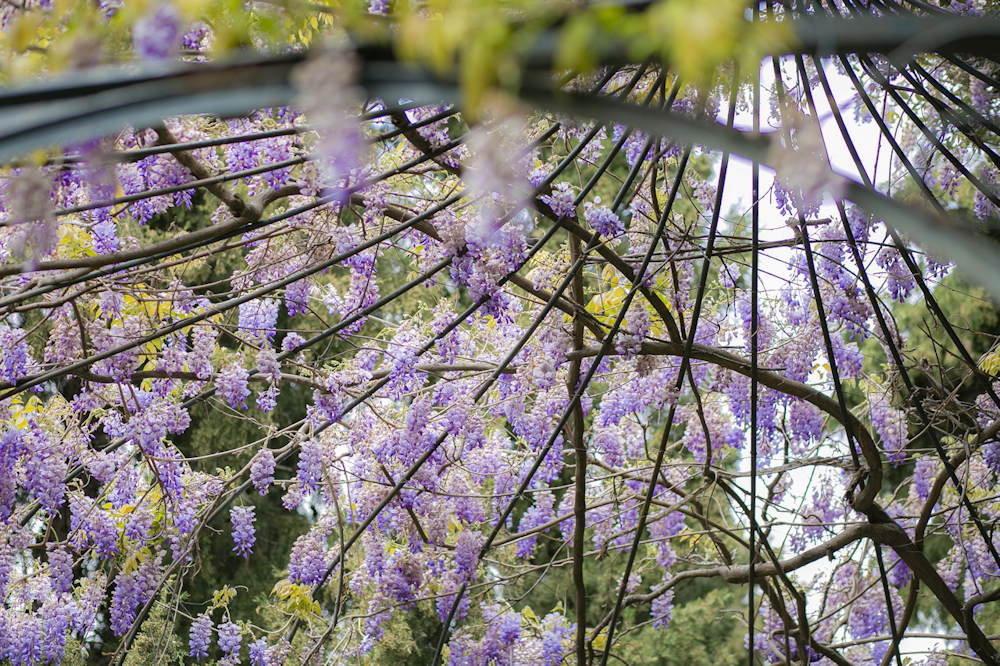
Nutrient Allocation and Plant Energy
Allowing wisteria seedpods to remain on the plant may impact its energy allocation and overall vigor. Producing seeds requires significant resources, including nutrients and energy. By removing the seedpods, gardeners redirect these valuable resources towards the growth and development of the plant itself, potentially leading to stronger and more vibrant foliage and future blooms.
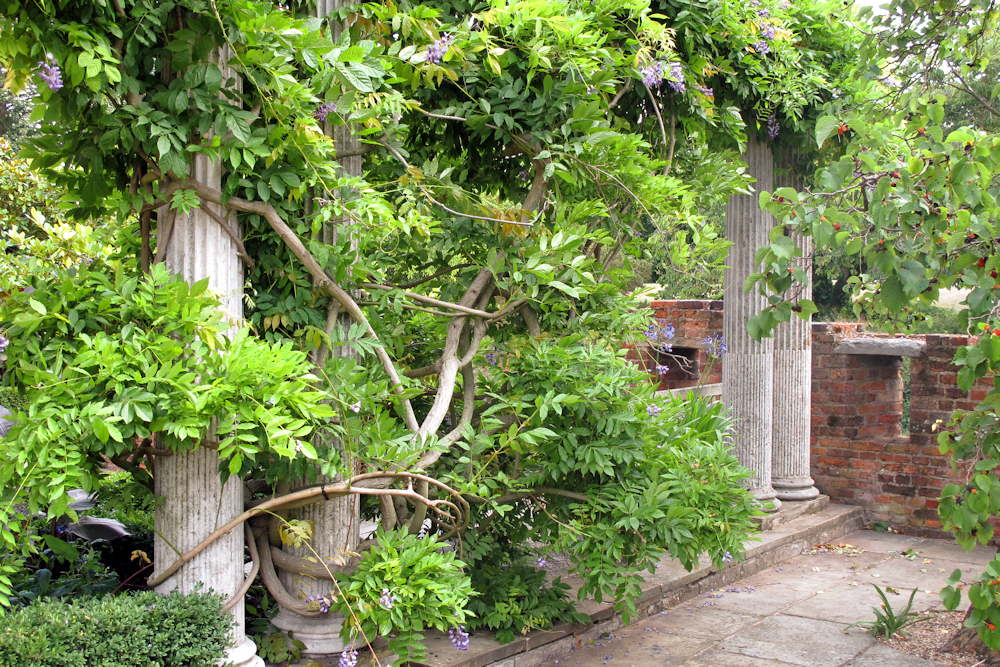
Natural Dispersal and Propagation
On the other hand, leaving wisteria seedpods undisturbed allows nature to take its course. As the pods ripen and dry out, they will eventually split open, dispersing the seeds in the vicinity. This can result in the spontaneous growth of new wisteria plants, which some gardeners may find desirable for natural propagation or creating additional greenery in their landscape.
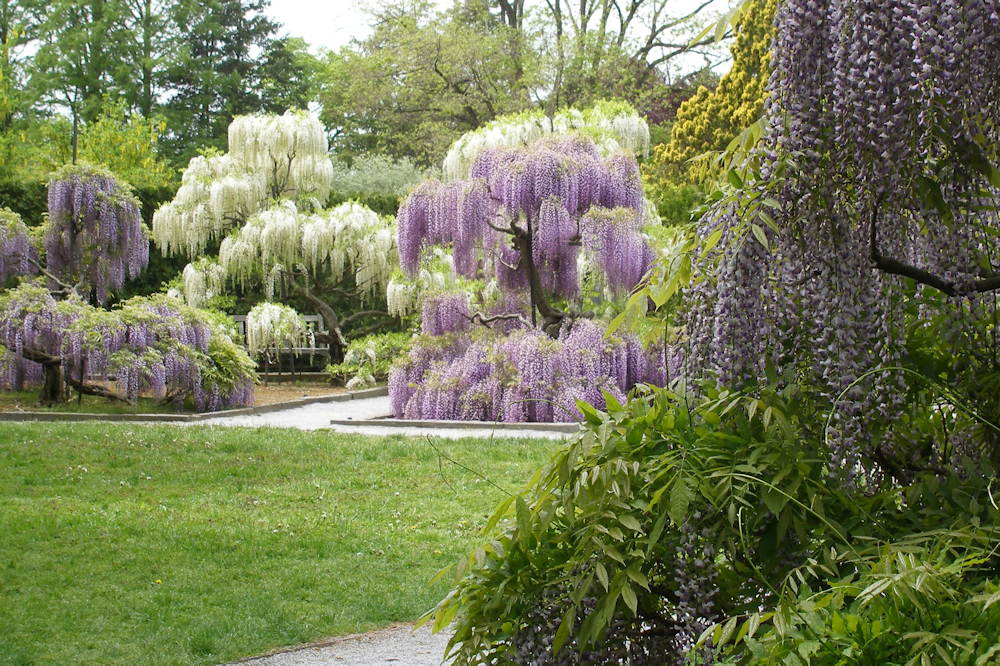
Seed Viability and Germination Control
Removing wisteria seedpods provides gardeners with better control over the plant’s spread. Wisteria seeds have the potential to germinate and establish themselves in unexpected areas, potentially becoming invasive and challenging to remove. By removing the seedpods before they have a chance to disperse, gardeners can limit the risk of unintended growth and maintain control over their garden’s composition.
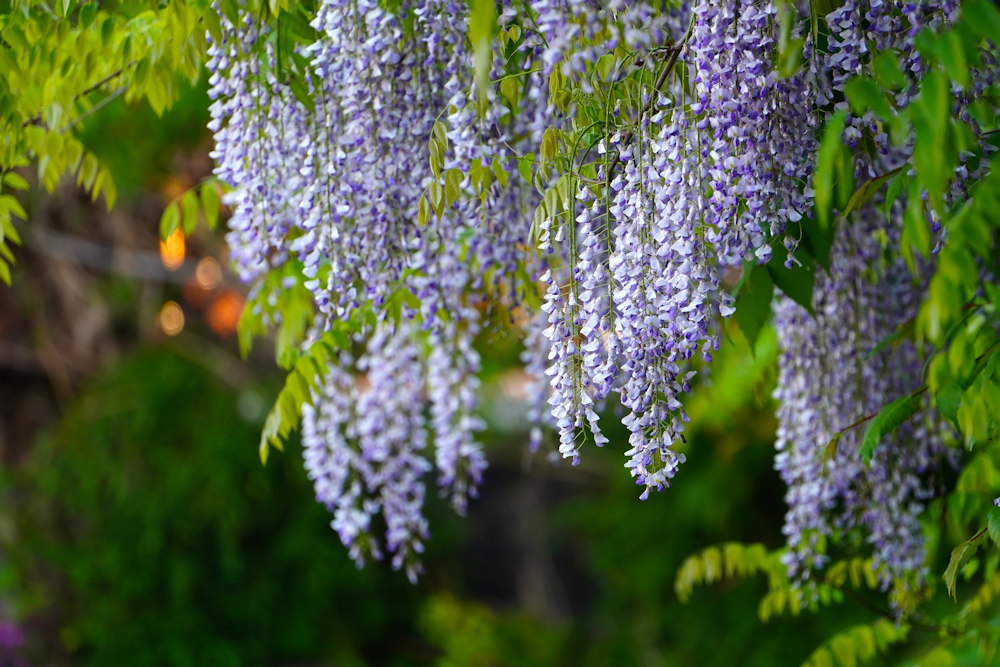
In conclusion, the decision to remove or keep wisteria seedpods ultimately depends on personal preferences and the specific goals of the gardener. If aesthetics and plant vitality are the primary concerns, promptly removing the seedpods can help maintain a neat appearance and focus the plant’s energy on growth. Conversely, leaving the seedpods untouched may promote natural propagation and contribute to the diversity of your garden. Whatever your choice, remember that regular pruning, proper care and attention to your wisteria plants are key to ensuring their long-term health and beauty.
